Cultivation of honey mango fruit
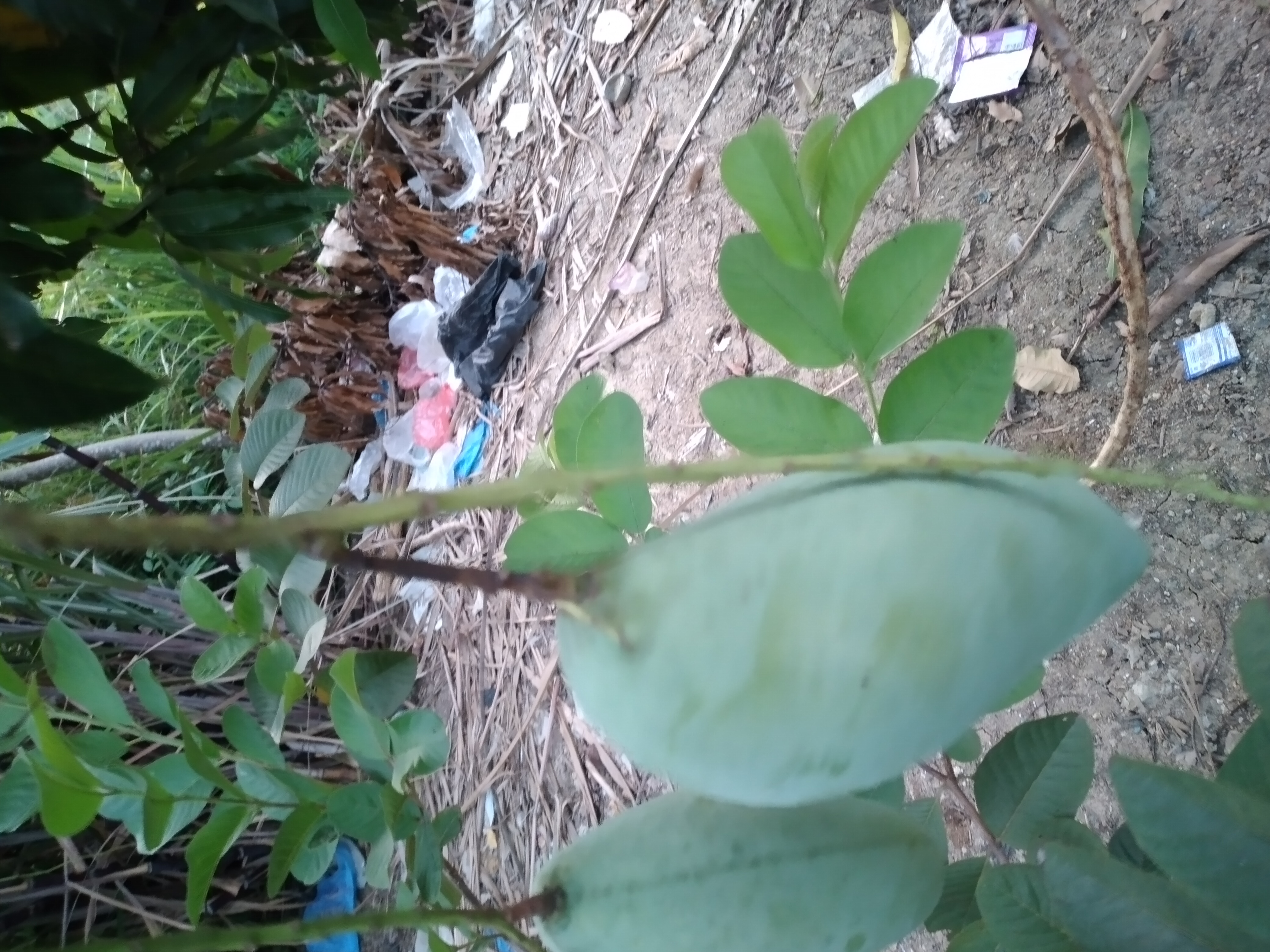

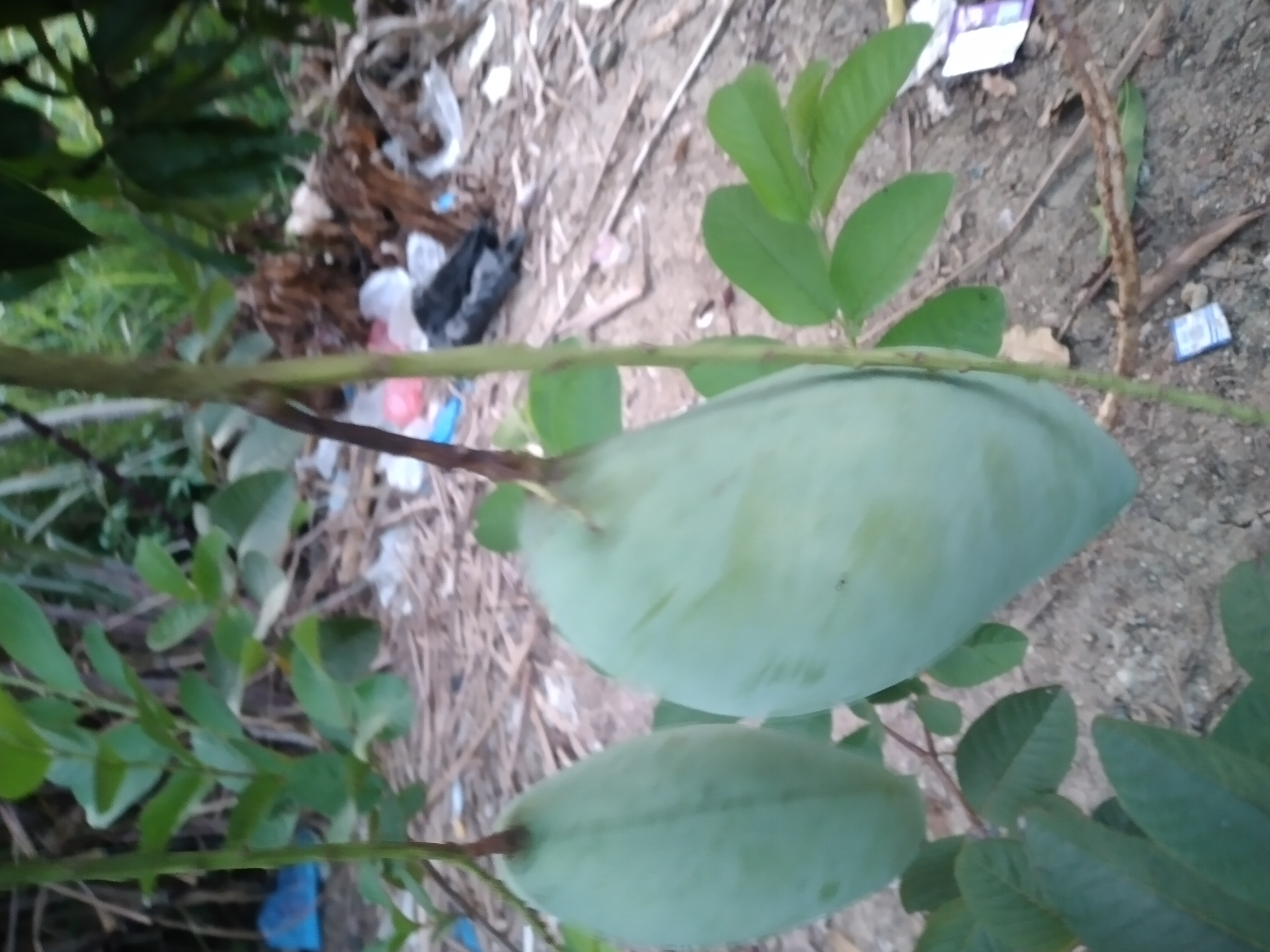
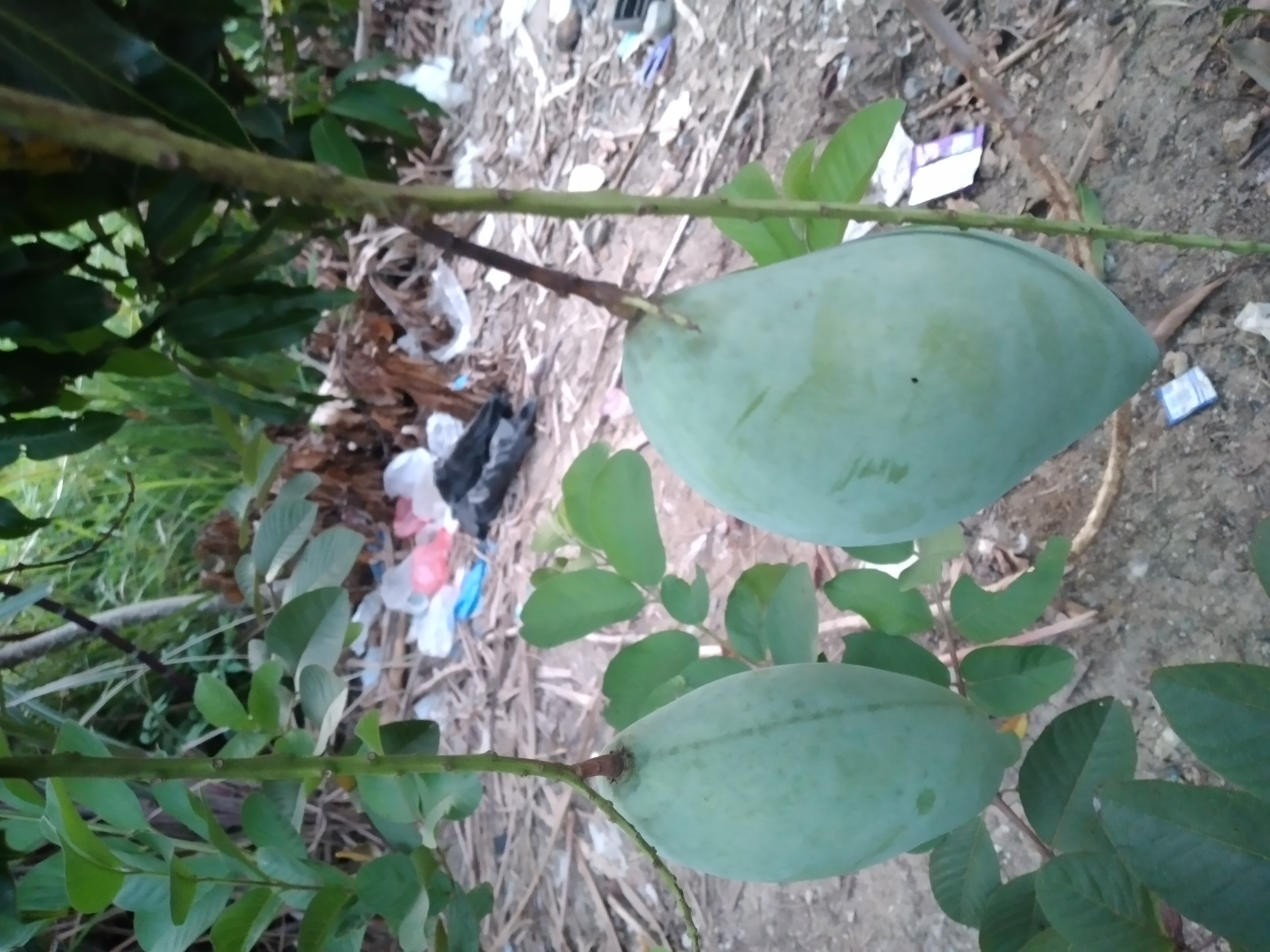
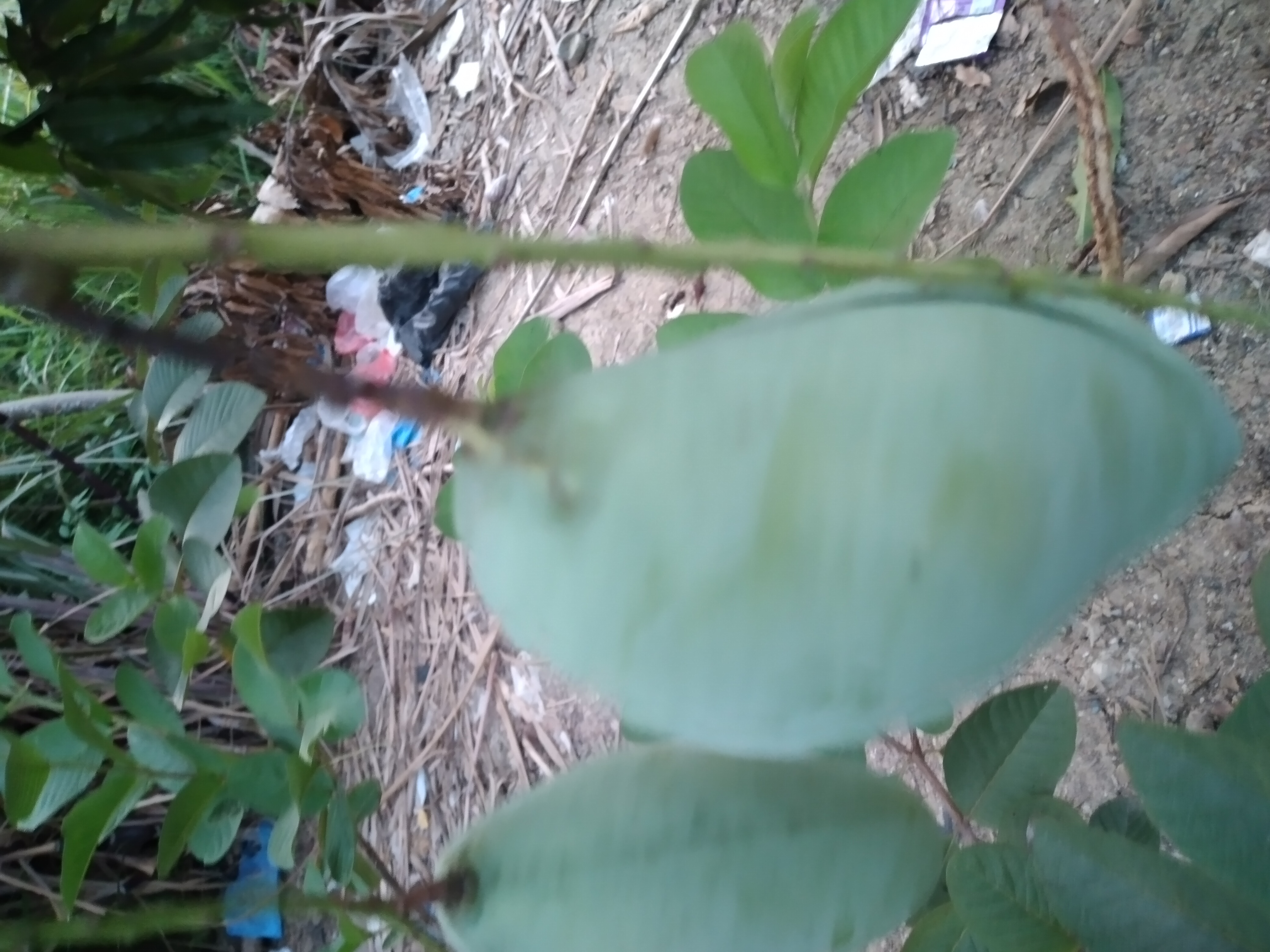
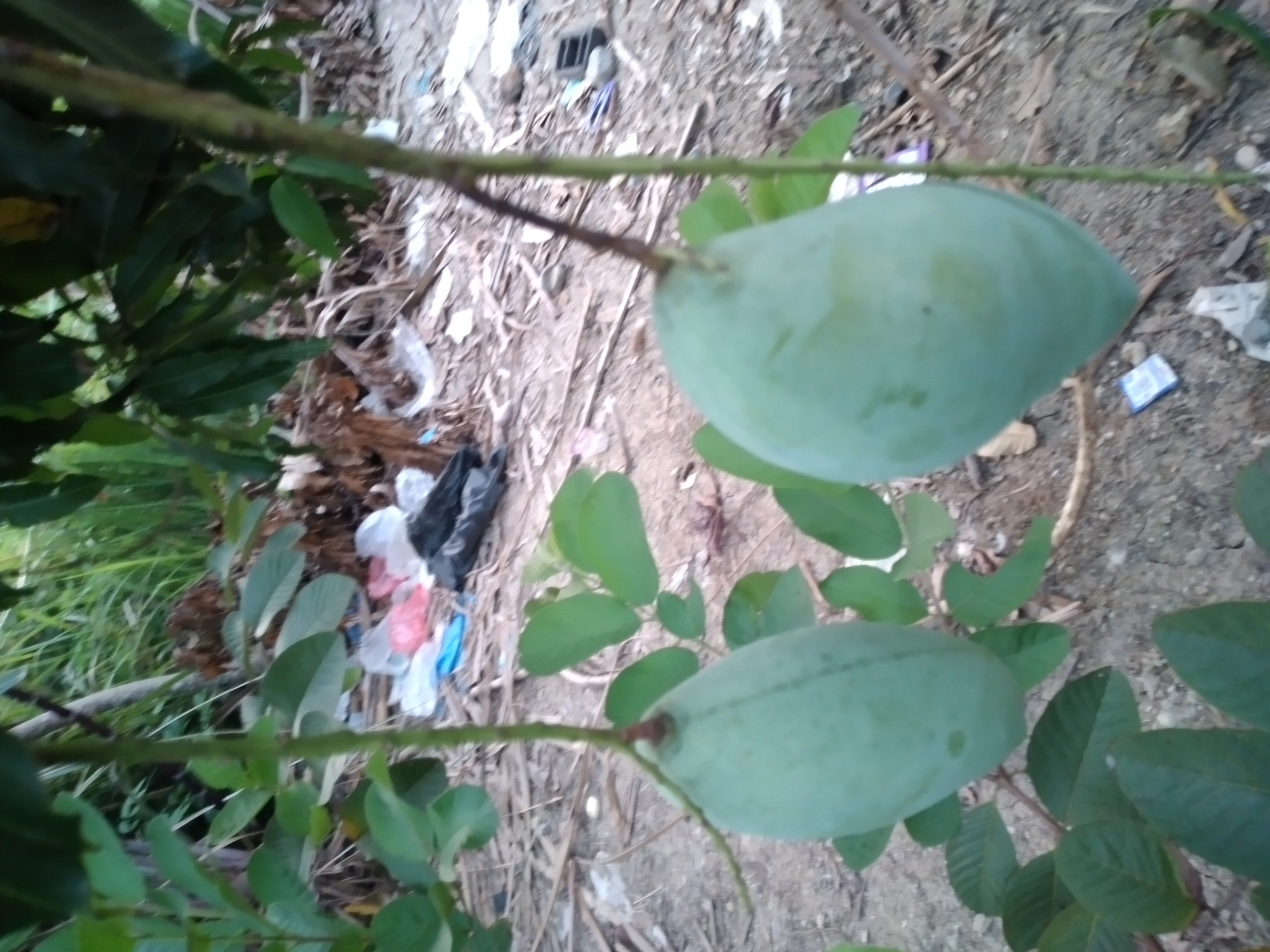
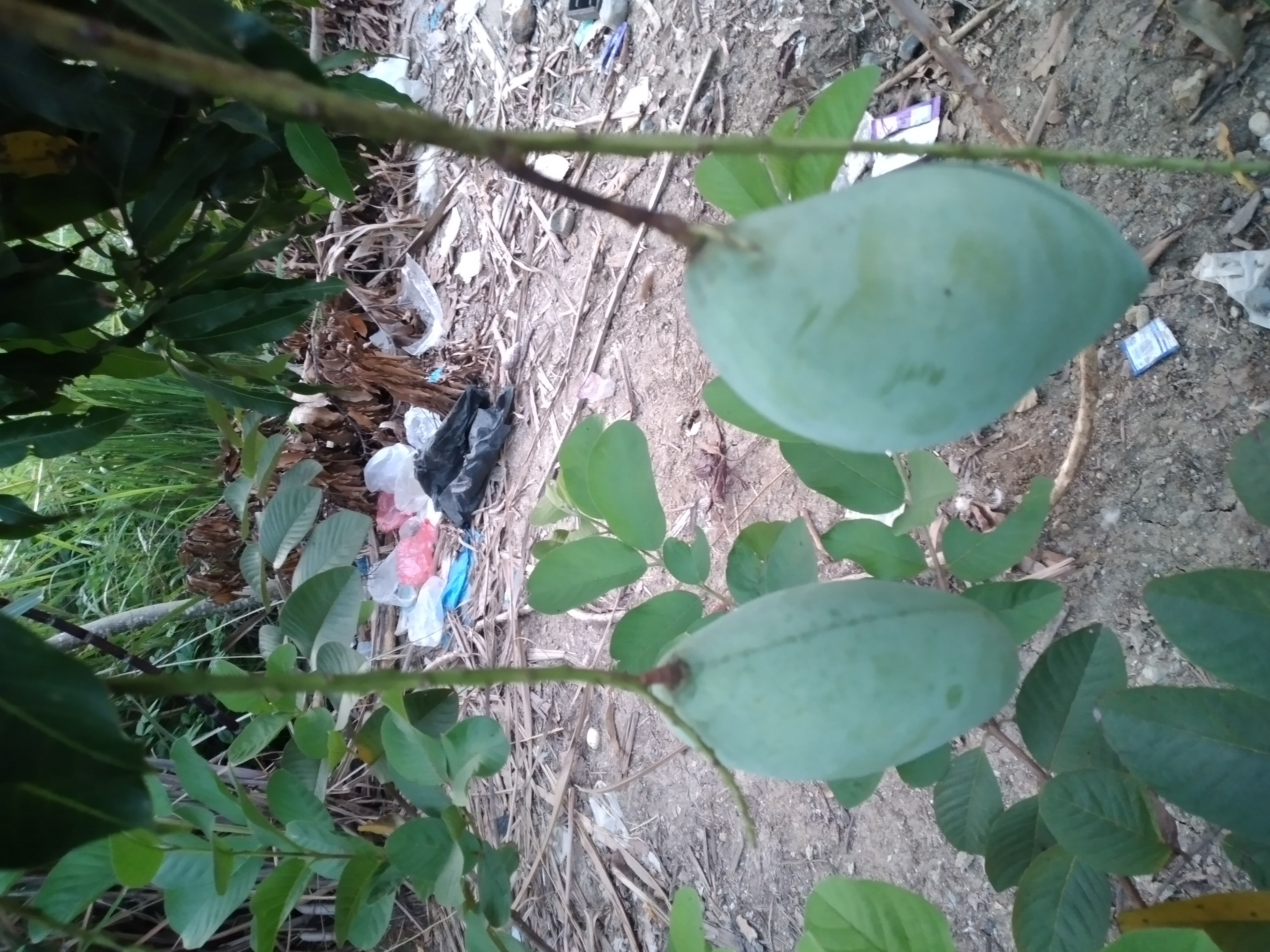
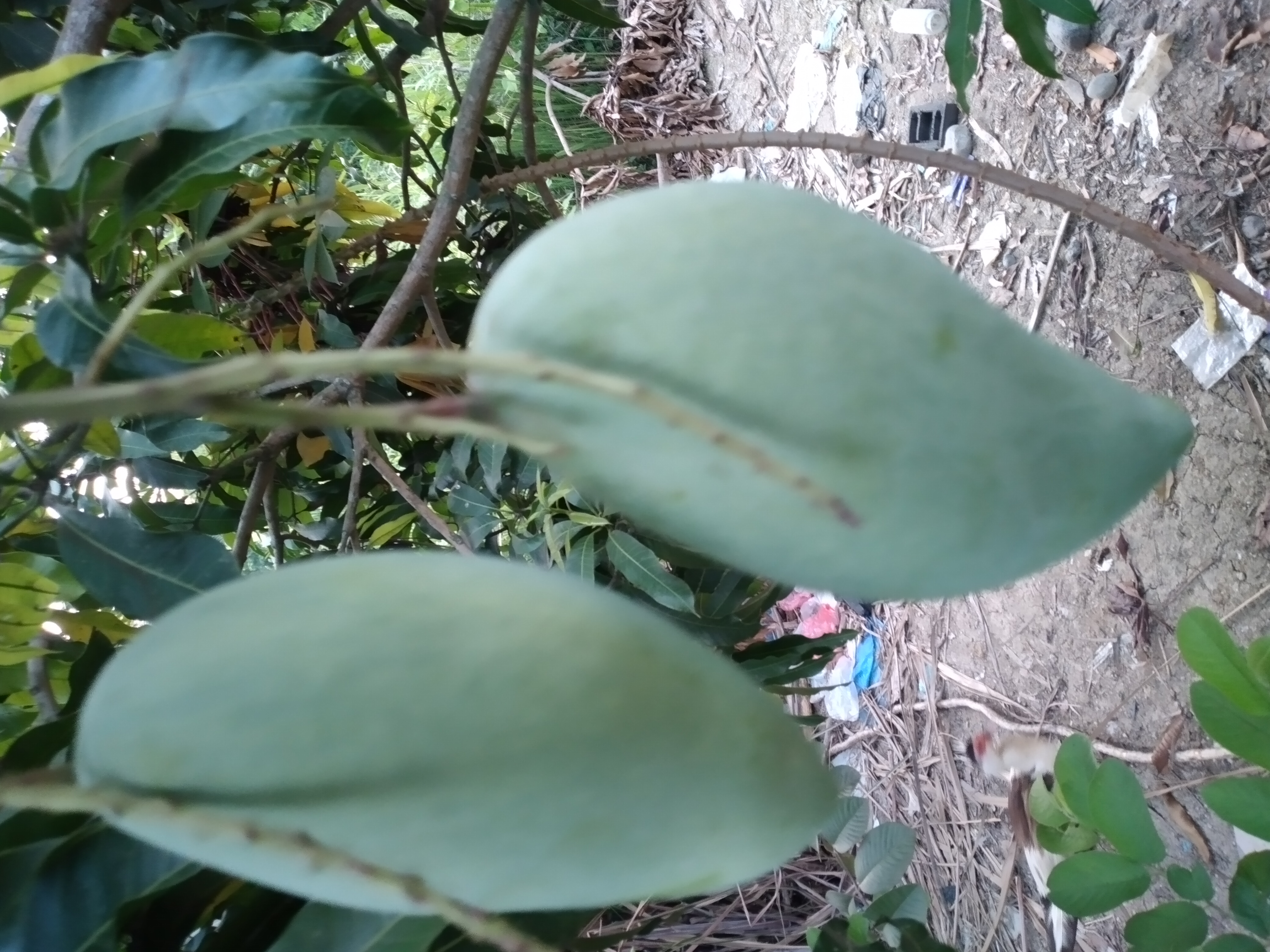
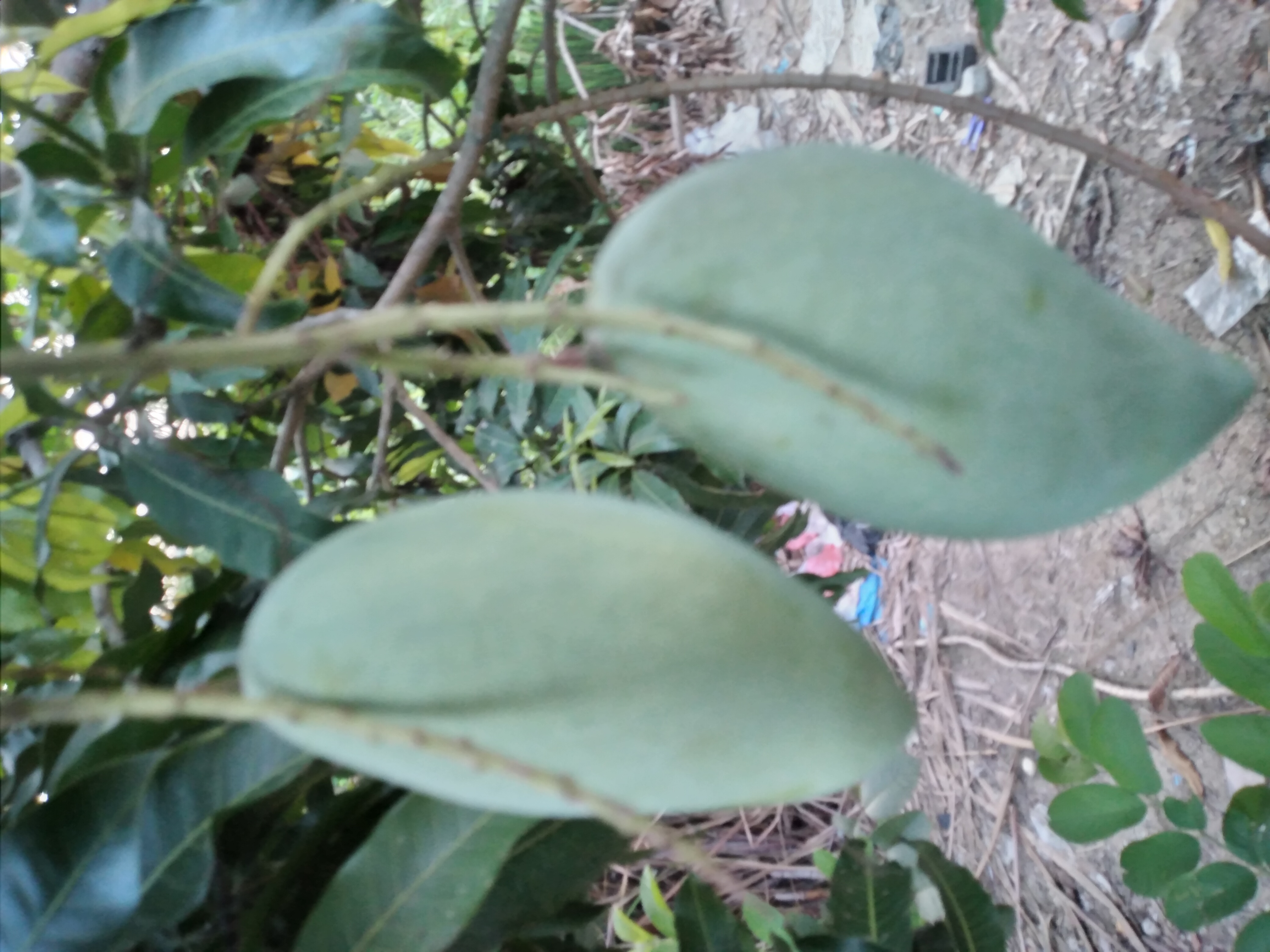
Mango is a type of fruit that is very well known both in Indonesia and abroad. This fruit, which is synonymous with its sweet and refreshing taste, is very easy to find because the tree can grow anywhere. Apart from that, mangoes are also widely sold in supermarkets and traditional markets.
In Indonesia itself, there are various types of mango fruit. Starting from Mahatir mango, Kiojay mango, Gadung mango, Golek mango, Arum Manis mango and Irwin mango. But have you ever heard of or even consumed honey mango? For mango lovers, you are certainly familiar with this type of mango.
When you hear the words honey mango, you will immediately know what advantages this mango has. Yep, that's right, this mango has an advantage that lies in the taste of the fruit which is very sweet like honey. In fact, the sweet taste of honey mangoes appears when the fruit is not fully ripe, aka it is still unripe.
Even though the size of the fruit is not as big as the mahatir mango, the honey mango fruit has thick flesh and only has seeds (pelok) which can be said to be quite small. The texture of the fruit flesh is also very soft, not fibrous, and has abundant water content. Apart from being able to be consumed directly fresh, honey mango fruit is also often processed into various culinary products such as juice, pudding, rujak, fruit ice, and so on.
Physically, honey mango plants have almost the same appearance as mango plants in general. The stem grows upright, has a rough surface, and can grow to a height of 3 – 5 meters with many branches.
The leaves grow elongated, pinnate, dark green in color, and emit a fragrant smell when squeezed. This type of mango fruit is round like an egg with a round base and slightly conical at the tip.
This plant, which has the scientific name Mangifera Indica, can grow well in lowland or highland areas reaching an altitude of 1300 meters above sea level. The type of soil that is good for the growth of honey mango plants is humus soil that is fertile, loose and contains lots of nutrients.
Cultivating honey mangoes is also very easy because it does not require special care or expensive costs. To support its growth, water it twice a day (morning and evening) and periodically clean weeds (nuisance plants) that grow around the plant.
Fertilization should also not be neglected in honey mango cultivation. Fertilization itself can be done once a month using NPK fertilizer and compost. If cared for properly, honey mango seeds will usually start to bear fruit when they are 2 - 3 years old after planting (seedlings resulting from grafting).
Behind its sweet taste, honey mango fruit is also rich in nutrients such as vitamin A, vitamin C, calcium and iron. Consuming this type of mango regularly is also believed to provide various benefits.
Keep up the good work. 👏
Recognized by Mystic artist Gudasol
You are loved.
Interested to to help music map cXc.world spread more good vibes on Hive?.